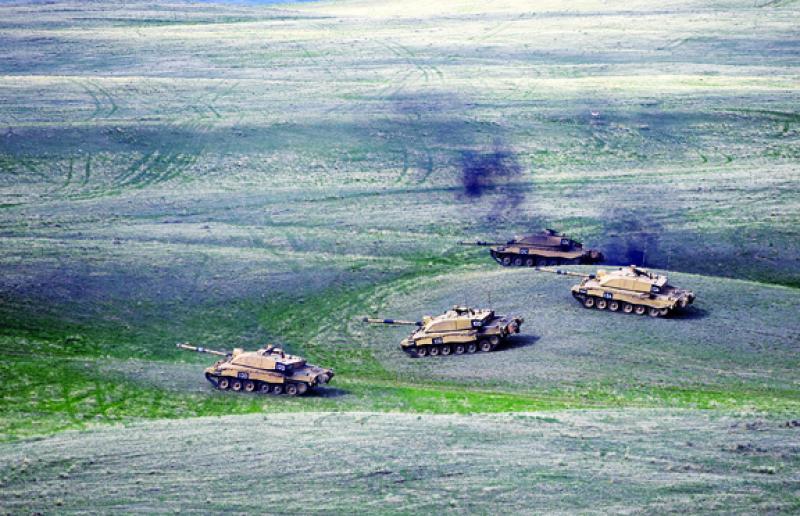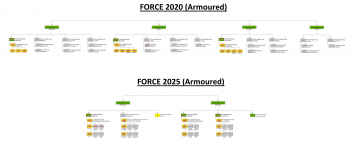The British seem similarly confused about what to do with their heavy armour... and Suffield.
Maybe we can take over Suffield from the British and turn it into our 'heavy centre of gravity'.
British Army decides to upgrade tanks, but Suffield fate unknown until later this year
The British Army will upgrade rather than scrap its heavy tank divisions, the U.K. House of Commons was told this week, but will scale back the number of units and will make decisions on a worldwide network of training facilities, like CFB Suffield, later this year.
That comes after debate about the need for armour on the battlefield of the future and local worry about an exit of the British Army Training Unit Suffield from the sprawling base west of Medicine Hat.
“Army Transformation, as it affects existing units, including BATUS, will be developed through spring and early summer 2021 (with) more detailed announcements are expected by the autumn,” reads a statement from BATUS through communications with Canadian Department of National Defence.
“Activity (at CFB Suffield) will resume from 2022 onwards. Detail on the scale and type of training activities has yet to be confirmed and will be agreed in collaboration with our Canadian allies.”
This week, the full implications of an Integrated Review of defence priorities returned to the U.K. House of Commons.
It calls for major increases in naval and air power, a huge shipbuilding program, as well as emerging technologies like drones, robotics and cyber security.
The Army itself faces a reduction of 9,000 troops among major budget adjustments, but will move ahead with spending an estimated 750-million pounds to modernize 150 Challenger 2 tanks, reducing the active fleet by one third.
Canadian officials told the News they are working in close contact with British Army officials through the process.
“We recognize BATUS’ importance to the Canadian Armed Forces, the local community and the Province of Alberta,” a statement reads. “We have, and will continue to, express these crucial points during our discussions with United Kingdom.”
The Integrated Review also calls on the army to take on a greater role in partnerships in NATO and with allies, especially in special operations, and will include major investments in ground-based air defence, and an “accelerated procurement of an enhanced armoured infantry fighting vehicle.”
“In an era of robotics and artificial intelligence, we will need to stop thinking about the strength of the Army simply in terms of numbers but focus on how best it can achieve what we ask of it,” read the BATUS statement.
“The Army will be more balanced, and ultimately more effectively matched to the threat, now and in the future. This transformation will be about keeping people, supported by technology, at the heart of our capability.”
The Challenger 2 has been the main battle tank of the British Army for decades and was last updated in the mid-1990s. Going forward new “Challenger 3” tanks will number 150, compared to 227 in service currently. The remainder will be mothballed.
That value of maintaining heavy armour at all was debated over the summer, considering the relative size, and whether money would be better spent in other areas to maintain required contributions to NATO.
That threw into question the need for maintaining a presence at CFB Suffield, which hosted battlegroups and armoured divisions under agreement since 1972.
Local training was cancelled in 2020 as troops redeployed in the United Kingdom to help maintain supply chains and bolster the national Health Service during the early pandemic.
Last summer the decision was made to train domestically in 2021 considering lingering doubts about travel.
About two dozen Challenger 2s maintained at CFB Suffield were shipped to England, along with about 1,000 other vehicles set to be decommissioned.
[email protected]@CollinGallant The British Army will upgrade rather than scrap its heavy tank divisions, the U.K. House of Commons was told this week, but will scale back the number of units and will make decisions on a worldwide network of training facilities, like CFB Suffield...
medicinehatnews.com





